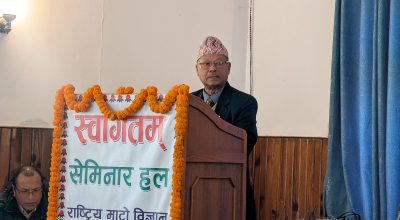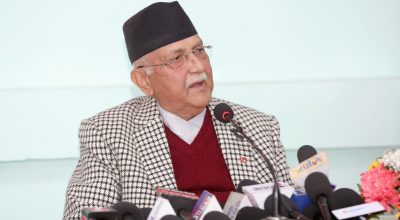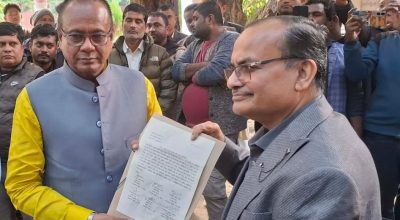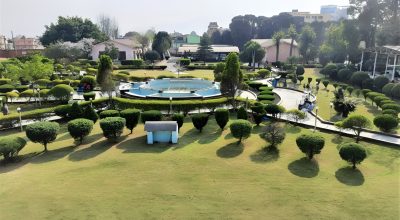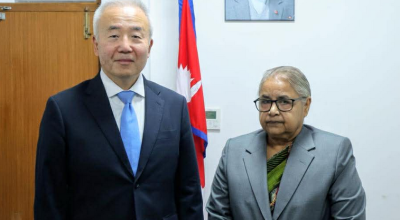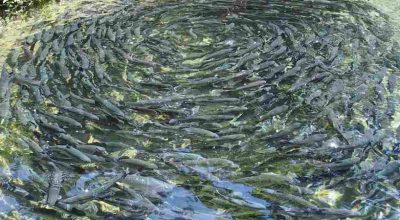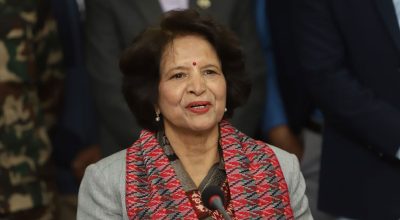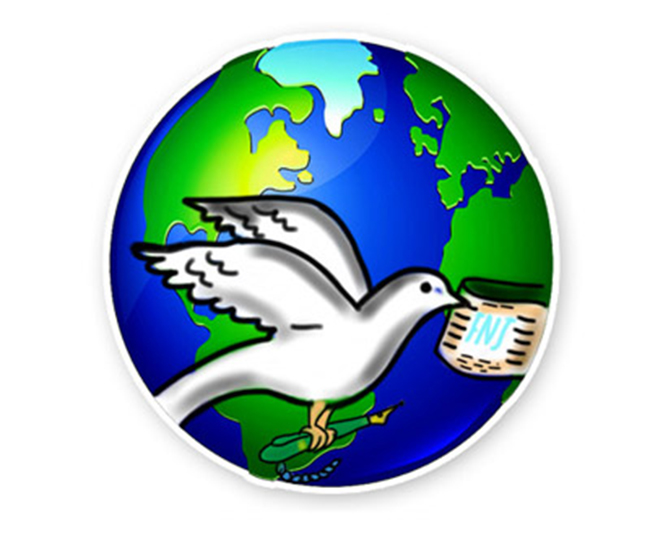
Narayan Prasad Ghimire
Kathmandu, May 15: In the first week of May, the world celebrated a significant day- Press Freedom Day (May 3). Nepal also joined the bandwagon. Various media associations and CSOs working on press freedom observed the day, organizing different programmes across the country.
The media organizations and CSOs alike hailed the free press for a democratic system and informed society. They were further given a boost by political speeches that they were for respect of press freedom.
Undoubtedly, a free press enables other pillars of democracy, thereby making the system functional. It not only bridges people and government but also holds public agencies and officials accountable so that governance is expected to keep people’s concerns in centre. Only free press can seek truth to power. Exposure of financial sleaze and administrative malfeasance requires a robust, independent and fear-free journalism.
Similarly, press cannot remain aloof from the unfolding developments that bear significance to any society or country. A mere relay of information is not enough to make media effective but becoming a helpful tool to seek solutions to the pressing problems by drawing attention of the concerned stakeholders.
In this regard, the theme of this year’s World Press Freedom Day was quite relevant: ‘A Press for the Planet: Journalism in the Face of Environmental Crisis.’ The environmental and climate crises are the defining global problems. These however have a disproportionate impact, warranting concerted actions and investments. Nepal itself is the case that despite having a zilch role on climate crises, it is in the forefront of this world catastrophe.
As we, Nepalis, pride on the provision of ‘full press freedom’ mentioned in the very preamble of constitution, how the Nepali press has functioned as a public good and whether it is bringing to fore the burning issues of time need analyses.
It is fair to say that Nepali media is largely dominated by political contents. With this, the social and environmental issues are pushed to the inner pages or are occasional media agenda. At a time when the print media have massively cut the pages owing to financial slump, these have been secondary issues for journalists’ concern, resulting in underreporting. Even the online news media are facing a dearth of finance to fund the reporters.
Conclave dodges discussion
It was worrying that a recent conclave of Nepali journalists, FNJ, held in the federal capital, Kathmandu hardly discussed the theme of this year’s Press Freedom Day. The event termed as a policy convention was swayed by the issues like membership clean up (suddikaran), dispute on founder of the guild, inclusion and award distribution. The journalists’ leaders could take initiatives to whet debate on such a meaty issue of time and share knowledge along with the capacity building of fellow journalists, but the conclave fell flat on this point.
Similarly, when it comes to exposure and opportunities to know more about environmental and climate crises, the journalists are evidently foisted in the foreign junkets e g in global climate event, COP. But, informed and meaningful coverage and adequate follow ups to such global event to remind the policymakers, State and other countries are insufficient.
In-depth stories awaited
In a question this scribe made to an investigative journalist and columnist, Namrata Sharma, she viewed general experience and information are relayed rather than diving deep into the pressing issues like environment and climate crises in Nepal.
“Women, children and elderly ones suffer most in the environmental crises. But, Nepali media reporting is not in-depth on this appalling situation,” she said, adding that very few media are writing compelling stories about the climate crisis to which Nepal is in the front and suffering much.
According to her, even the stories on Nepal’s progress in environment conservation are underreported. “Many countries are still unaware of Nepal’s increase in forest coverage and tiger population. These are worth celebrating matters in the national and international forums, but only relay of information on such significant issues weakens our status. This area warrants investigative journalism,” Sharma reiterated.
As Sharma said, Nepali media are yet to report well beyond general reasons on the forest fire that the country witnessed recently at scale. The dry season or careless smokers hurling cigarette butts to shrubs, or similar delinquencies are reported as causes behind forest fires, while seeking scientific causes behind it are in dearth.
Revive environmental journalism
As the environmental and climate crises are deepening in Nepal, the role of environmental journalism needs to be augmented. But the media coverage has showed the environmental journalism is in decline in recent times as per media observers and noted journalists.
“Nepal was a champion in environmental journalism in the entire south Asia since the very beginning of the practice of free press in the country. Recent years have witnessed a gradual decline in it, resulting into underreporting of burning issues of environment and climate emergencies,” said Rajendra Dahal, a noted journalist and editor of the Shikshak monthly.
Remembering the heyday of environmental journalism, editor Dahal argued the environmental journalism is in a dire need of revival. In his observation, environmental and climate issues are carried more by the civil society than media in Nepal at present.
One of the reasons behind lackadaisical environmental journalism in Nepal is a hastily generalized perspective that it is a donor-driven issue, while the country is afflicted much with environmental scourge. Similarly, the sustainability of support and training institutions for these critical matters deserves equal attention, according to him.
Declaration on climate crisis and FoE
As the theme of this year’s Press Freedom Day suggests the entire world is engrossed in the environment and crisis emergencies and how free press can contribute from its side to lift the planet and people out of the deadly factor.
In this regard, a joint declaration on the climate crisis and freedom of expression (FoE) was issued by various FoE-related organizations from the US and Africa, including the UN Special Rapporteur on the Promotion and Protection of the Right to Freedom of Opinion and Expression on May 3.
In the declaration, they emphasized environmental journalism to study meticulously the climate actions and foster public debate. ‘Access to information on environmental and climate issues, public participation and civic engagement, access to justice in climate and environmental matters and protection of marginalized groups’ are other key areas the declaration focused.
The above declaration also substantiates that the concerns surrounding planetary health took a centre stage in this year’s observation of the World Press Freedom Day.
It is worth reminding that the United Nations and the Intergovernmental Panel on Climate Change have underlined climate change, biodiversity loss and pollution as triple planetary crises.
Relief to earth is respite from toxicity
Finally, Nepal is not new to these, as it is already on the top row to bear the brunt of these blights. It is time the Nepali media whetted further debates with compelling stories on these serious concerns. Periodic and event-based concerns to such shocking realities of time are inadequate to see results that reduce the impacts. The exhausted earth needs relief, and the relief to earth is the respite to humanity from toxicity. Here lies the role of independent journalism that helps pierce the pachyderm ears of those exhausting the earth and force them to correct the policies and practices, thereby whipping the esurient and extractive cabals- in the country and the globe. #RSS #PressFreedom





